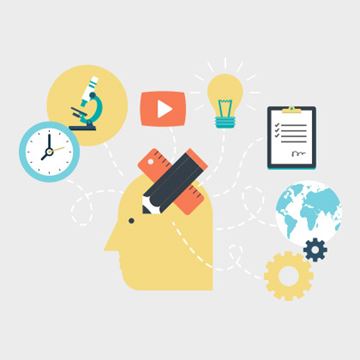Search
Digital Twin with Augmented Reality for Oil & Gas Assets
Also Purchased
Corrosion Data Management Using 3D Visualisation and a Digital Twin
Product Number:
51320-14535-SG
Publication Date:
2020
$20.00
New Frontiers for the Pipeline Integrity Management
Product Number:
MPWT19-15016
Publication Date:
2019
$0.00
CP upgrade options for aboveground storage tanks
Product Number:
MPWT19-14297
Publication Date:
2019
$0.00
Recently viewed




